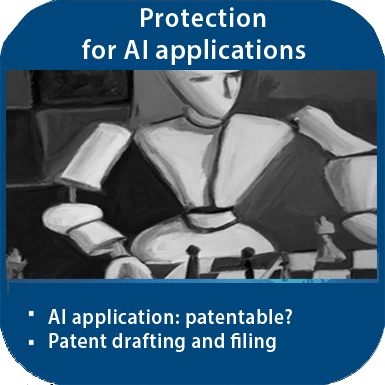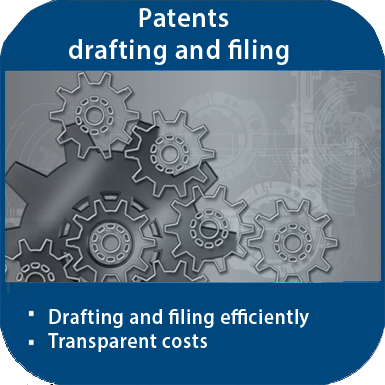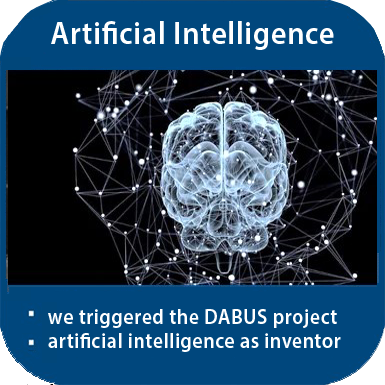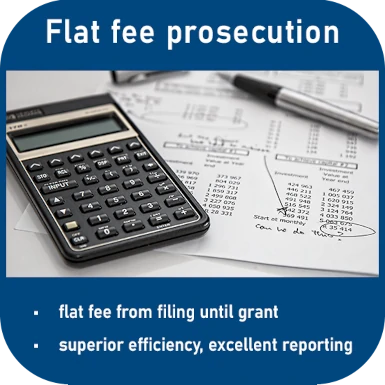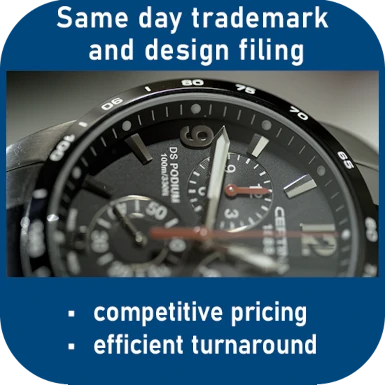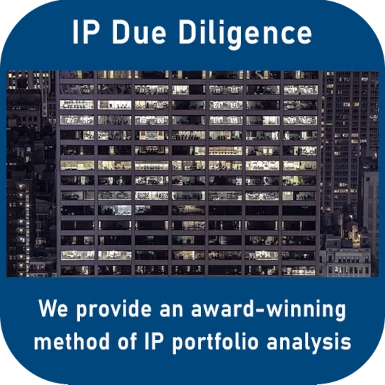TM BrightBlue - likelihood of confusion with the word mark BLUE?
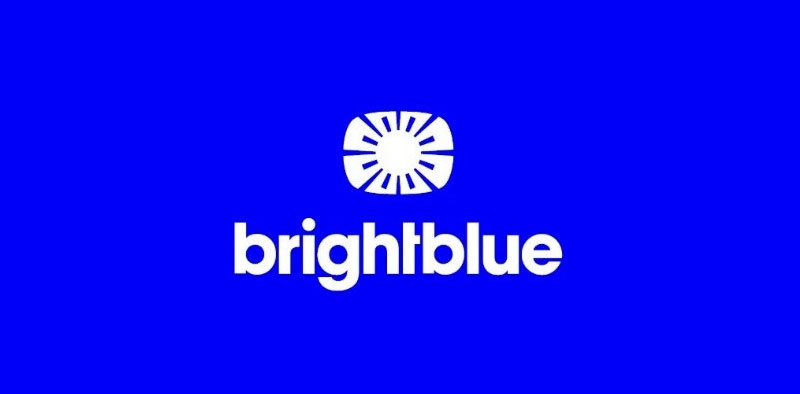
In a recent trademark case, the European General Court ruled on the likelihood of confusion and similarity between the trademarks BrightBlue and Blue, which claim trademark protection for similar goods and services.
Is the word element "Blue" of the later word and figurative mark BrightBlue and the earlier word mark Blue sufficient for the relevant public to assume a connection between these signs?
The facts
The plaintiff, Deutsche Glasfaser Wholesale GmbH (Germany), had registered the sign Brightblue in June 2018 as a European word and figurative mark for goods in the field of computer data processes, telecommunication services; broadcasting and television and marketing.
The intervener, O2 Worldwide Ltd (UK), filed an opposition against this trade mark registration, relying on its own earlier European word mark Blue.
The Opposition Division upheld the opposition, and this was also confirmed by the decision of the Board of Appeal of the EUIPO (21 June 2022 (Case R 24/2022-4)). In this decision, the Board of Appeal found that there was a likelihood of confusion and stated that the signs were similar: figuratively slightly similar, phonetically similar and conceptually very similar.
But can a word and figurative mark with a significantly longer word be visually similar to a significantly shorter word mark without any figurative element?
The trademark applicant of the disputed mark BrightBlue considered the similarity and likelihood of confusion to be incorrectly assessed by the EUIPO and brought an action against the decision of the Board of Appeal before the European Court (CFI).
Likelihood of confusion and similarity of trademarks
If there is a likelihood of confusion between trademarks, the distinctive character of a trademark has to be assessed on the basis of the perception of the relevant public. With regard to the similarity of the opposing signs in terms of image, sound and concept, the overall impression they create must be taken into account.
In principle, the two signs must be compared with each other as a whole; not only one component of a composite trademark may be taken into account. In relation to the present case, this means that the entire term BrightBlue had to be compared with the term Blue for the likelihood of confusion, supplemented by the fact that the BrightBlue mark also had a figurative component - albeit in the colour blue.
The Board of Appeal had taken this into account, but considered both the figurative element and the word element "bright" to be subordinate and secondary in terms of distinctiveness. On the other hand, the Board of Appeal had stated that the distinctive element in the signs to be compared was "blue" and - unsurprisingly as a result - found a high degree of similarity and likelihood of confusion between the earlier word mark and the later trademark in dispute.
The trademark applicant challenged this finding in particular before the CFI.
Case law on the likelihood of confusion between trademarks
Can elements of a trademark application simply be declared secondary and devoid of distinctive character by the EUIPO?
The answer is "yes" - because the high or low distinctiveness of the elements common to a trade mark application and an earlier trademark is a significant element in the assessment of similarity of signs according to the case law of the General Court (see Royal County of Berkshire Polo Club v OHIM - Lifestyle Equities, T 581/13).
However, the answer is rather a "yes, but", because according to the case law of the European Court of Justice (ECJ), the assessment of similarity can only be based on the dominant element alone if all other elements of the mark are negligible (see judgments of 12 June 2007, OHIM v Shaker, C 334/05 P, and of 20 September 2007, NestlÚ v OHIM, C 193/06 P). This is the case, the ECJ specified, if this element alone is capable of characterising the image of this trademark which the relevant public retains in its mind to such an extent that all other elements of the trade mark are negligible in the overall impression created by it.
BrightBlue on a blue background - likelihood of confusion with "Blue"?
So how did the EUIPO Board of Appeal come to see only "Blue" as the dominant element in the trademark in dispute?
The Board of Appeal's reasoning shows that it considers the term "bright" to be merely an adjective that qualifies the term "blue". And the figurative element shows radiant lines of the figurative element, which could be perceived as reinforcing this adjective "bright".
Unlike the plaintiff and applicant for the trade mark in dispute, the CFI considered this decision of the Board of Appeal to be lawful. The Board of Appeal had not neglected the secondary elements, but had taken them into account in its decision - but as secondary elements, and that was also right, the European Court ruled.
According to CFI, the term "blue" was rightly regarded as the dominant element.
CFI confirms likelihood of confusion between Blue and BrightBlue
The trademark applicant for the disputed trade mark was also unsuccessful with further objections. It argued in vain that the earlier word mark Blue was wrongly recognised as having a normal distinctive character, as there are also a large number of word marks with the term BLUE. However, the EGC pointed out that the detriment to distinctiveness must be proven very specifically, which was not the case here.
And the validity of an earlier trade mark as a whole cannot in any case be called into question in the context of proceedings for the registration of an EU trade mark and the likelihood of confusion arising from this registration, but only in the context of invalidity proceedings.
The CFI found that the Board of Appeal was right to affirm the existence of a likelihood of confusion within the meaning of Article 8(1)(b) of Regulation No 2017/1001 for the English-speaking public, even taking into account the high level of attention of the relevant public.
The action was dismissed in its entirety (CFI, T 516/22).
Is trademark protection an issue for you?
Please, talk to us. The initial consultation is free of charge.
You can reach us by telephone on +49 69 69 59 60-0 or info@kollner.eu.
